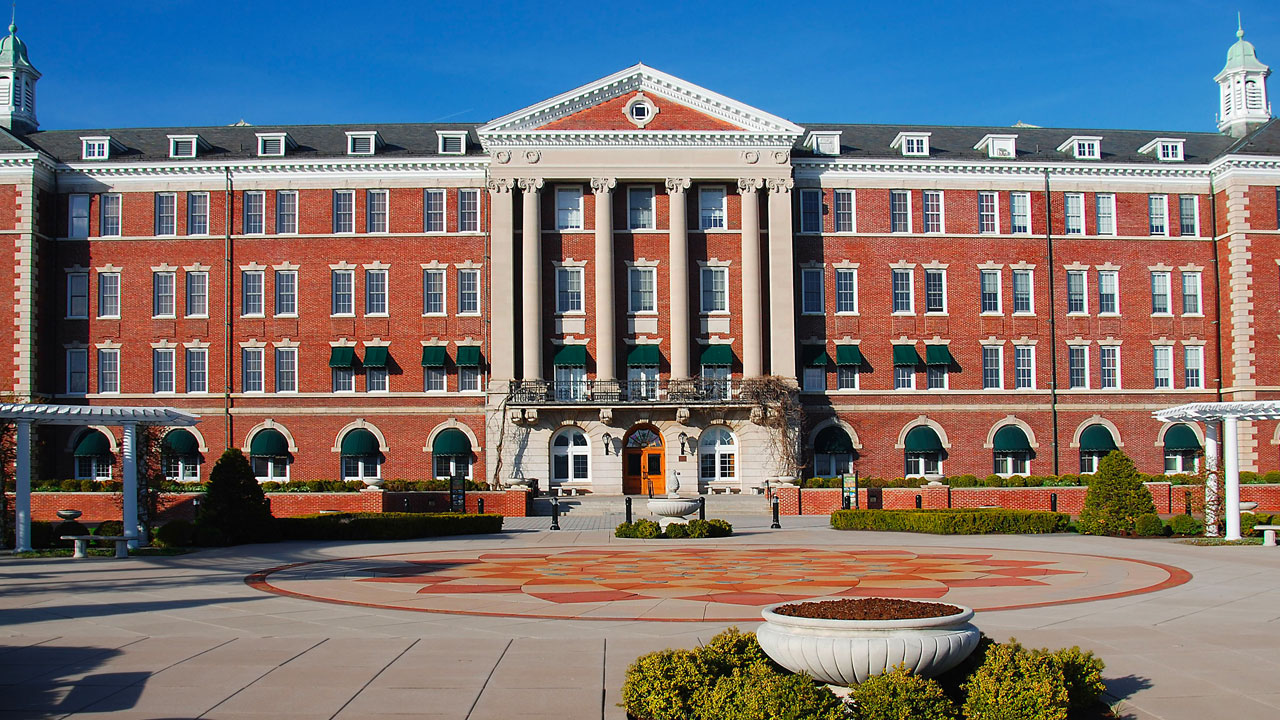Details / Culinary Institute of America
Culinary Institute of America is a private institution located in Hyde Park, New York. Approximately 636 out of 4,243 enrolled students live off campus. In-state tuition costs $42,947 per year, and out-of-state tuition costs $42,947 per year.
The average price of property in the area is $713,000, and the median rental price is $1,073. The majority of local residents in the area are homeowners. Approximately 71% of local residents own their homes while 29% of local residents rent their homes.
To get a general sense of short-term rental pricing in the area, one can view the prices of Airbnb properties near Culinary Institute of America. Many travelers use websites such as Airbnb as vacation rentals. For some real esate investors, purchasing property for short-term rentals can sometimes be more profitable then flipping or renting out such a property. The following are some recommended activites for anyone visiting New York:
Ellis Island and Statue of Liberty tour
